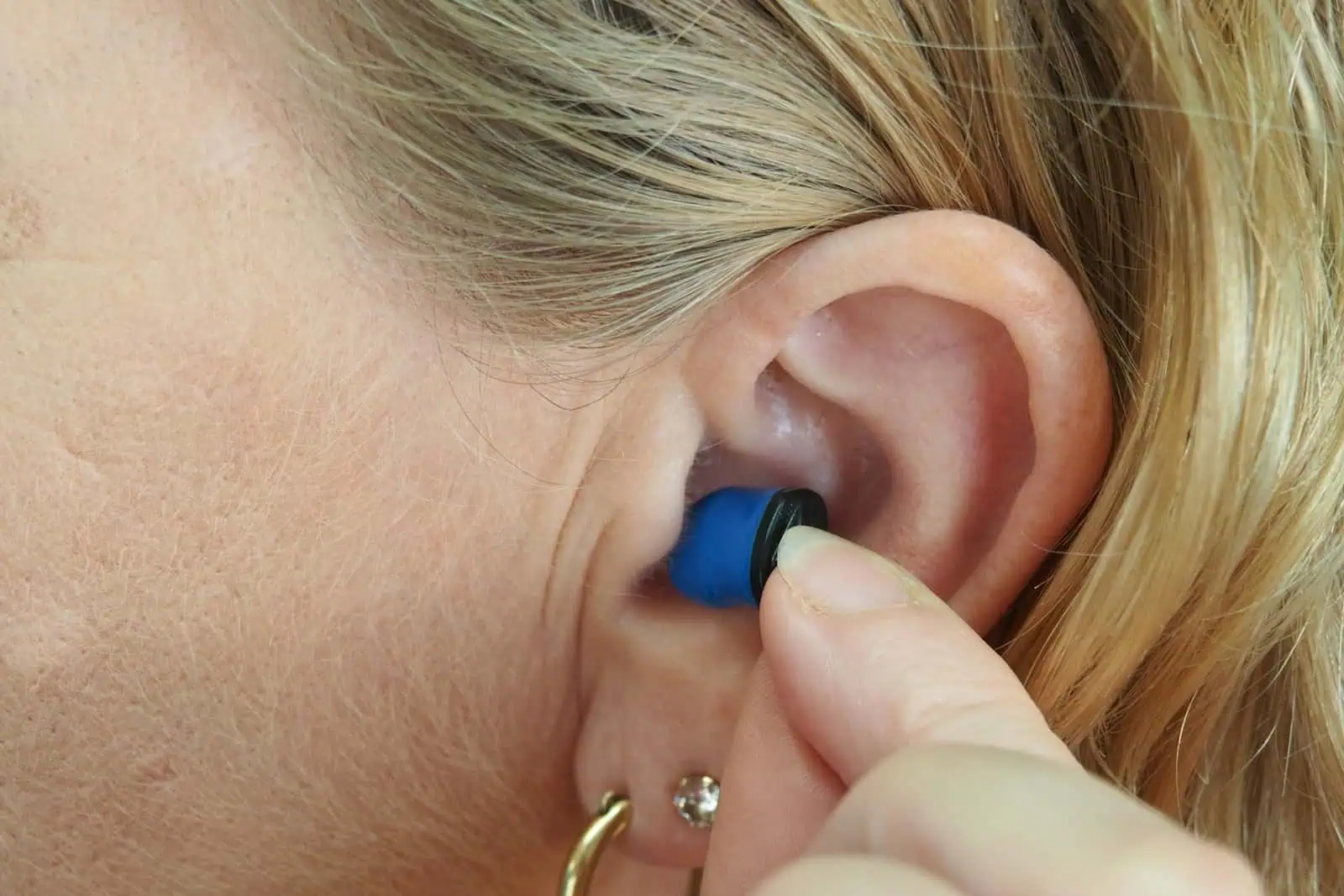Choosing the right hearing aids involves more than just considering your hearing loss – it’s about tailoring your devices to the settings you navigate. In this guide, we’ll delve into the environmental factors that can impact your hearing aid performance and explore the features that make a difference in various settings. Let’s embark on a journey to find the perfect hearing aids for your lifestyle.
Factors Influencing Hearing Aid Performance in Different Environments
Background Noise Levels
Imagine the bustling noise of a city street versus the serene quiet of your living room. Background noise levels vary significantly across different environments, and your hearing aids need to adapt accordingly. Understanding how your hearing aids handle varying noise levels is key to a seamless auditory experience.
Humidity and Moisture
For those living in humid climates or engaging in outdoor activities, moisture can pose a threat to hearing aids. Sweat, rain, or high humidity levels can affect device performance. Choosing hearing aids equipped to handle such environmental challenges ensures durability and longevity.
Hearing Aid Features for Noisy Environments
Noise Cancellation Technology
In bustling workplaces, crowded cafes, or busy social events, noise cancellation technology becomes your auditory superhero. This feature helps filter out background noise, allowing you to focus on the sounds that matter most – like conversations or important announcements. What’s more, consider discreet designs to feel more confident in these situations. You can purchase invisible hearing aids online from Hear Clear.
Directional Microphones
Have you ever wished you could zoom in on a conversation while tuning out surrounding noise? Hearing aids with directional microphones do just that. They amplify sounds coming from a specific direction, making it easier to hear in noisy environments without feeling overwhelmed.
Hearing Aid Features for Quiet Environments
Natural Sound Reproduction
In quieter settings like libraries or quiet evenings at home, natural sound reproduction becomes crucial. Hearing aids with this feature ensure that the sounds you hear are clear and authentic, preserving the nuances of your surroundings.
Automatic Adjustments
Quiet environments require a different kind of tuning. Hearing aids with automatic adjustments can adapt to the lower noise levels, providing you with a comfortable and balanced auditory experience without unnecessary amplification.
Hearing Aid Features for Outdoor Activities
Wind Noise Reduction
Outdoor enthusiasts, rejoice! Wind noise reduction is a must-have feature for those who enjoy activities like hiking, biking, or simply strolling in the park. This feature minimizes the interference caused by wind, allowing you to enjoy the sounds of nature without disruption.
Dust and Debris Resistance
For individuals spending time outdoors, hearing aids with resistance to dust and debris are invaluable. This feature ensures that your devices remain free from obstructions, maintaining optimal functionality in various outdoor environments.
Assessing Daily Activities
Before making a decision, take a moment to assess your daily activities and the environments you frequent. Understanding your lifestyle helps in selecting hearing aids that align with your specific needs.
Confidence Tips for Wearing Hearing Aids
Are you worried about wearing hearing aids for the first time? It’s not normally a transition that people find positive. But, it’s one that can have many benefits when you learn to embrace this change. In order to feel confident, here are some tips that can help you move past the negatives.
Practice Wearing Them
Feeling overwhelmed is common with hearing aids. Suddenly, you can hear more things going on around you, and it can make you realise how bad your hearing loss is. So, the first tip is to practice wearing your new devices. Wear them in an environment you’re comfortable with, such as in the house. You can get used to how they feel and how you interpret different sounds. Then, you can wear them for longer and in different environments. It also helps to spend time reading about the hearing aids you’ve selected and how to take advantage of all their features.
Remember the Positives
It’s easy to concentrate on the negatives of wearing hearing aids, and it can feel like something that’s negative in your life. But, you must try to consider the positives. You’ve now got the opportunity to enjoy better communication, and you can embrace the world around you more. Know that things will get better, and you will eventually like yourself wearing them. Thus, focus on being positive about this new time in your life, and it can make a big difference.
Tell Others
It can actually help your confidence to tell people around you about the hearing aids. It can feel like less of a secret and avoid someone bringing it up. Indeed, you can educate them and allow them the chance to be supportive. Then, they’ll simply become something that people forget about.
Give Yourself Time
Know that it’s common to hate how you look wearing hearing aids. This is often the first impression people get when they’re putting them in for the first time. But, know that they won’t always feel this way. Instead, you’ll start to get used to yourself wearing hearing aids and it won’t be such a big deal. Most people won’t even notice them or judge you for having these devices. Allow yourself time to adjust and take in this new change, avoiding any rash decisions.
Conclusion
In conclusion, the journey to finding the perfect hearing aids involves a careful consideration of the environments you navigate. Whether it’s a noisy workplace, a quiet library, or the great outdoors, choosing devices with the right features ensures a tailored auditory experience. Remember, your hearing aids are not just amplifiers; they’re your companions in every setting life takes you. Embrace the features that align with your lifestyle, and let your hearing aids enhance every sound-filled moment.

